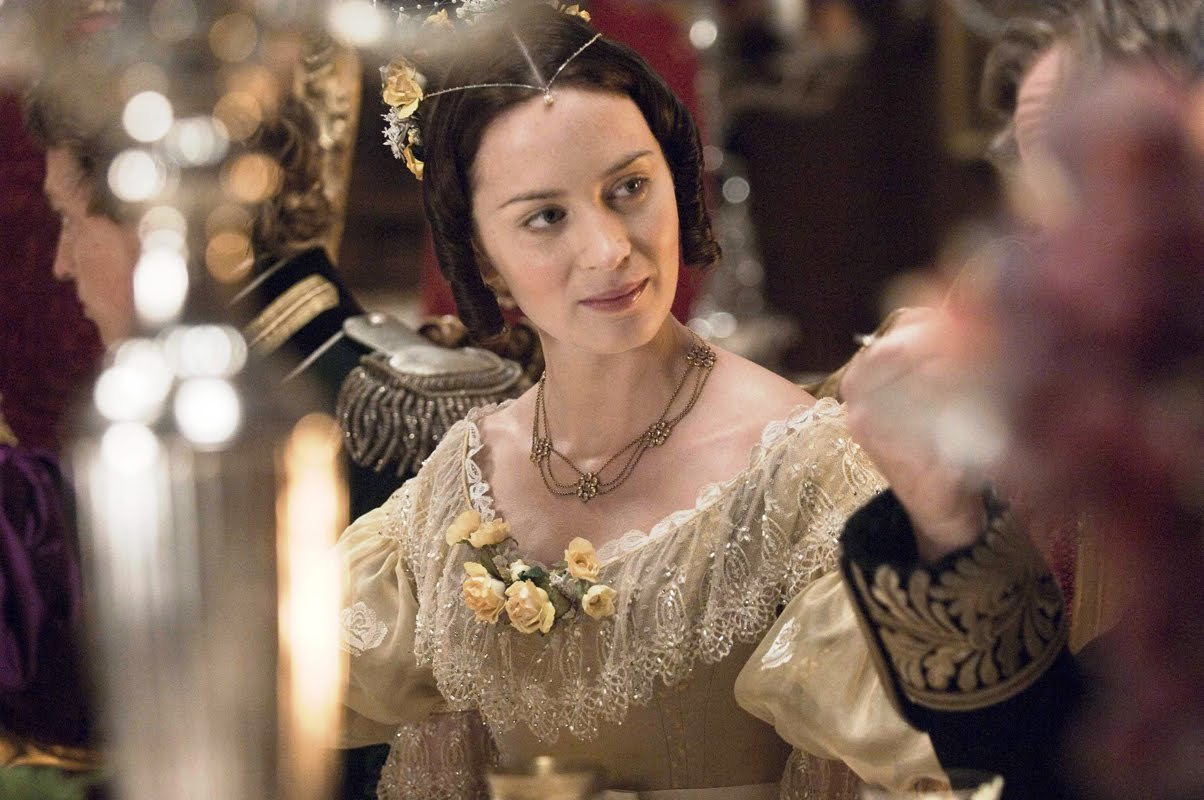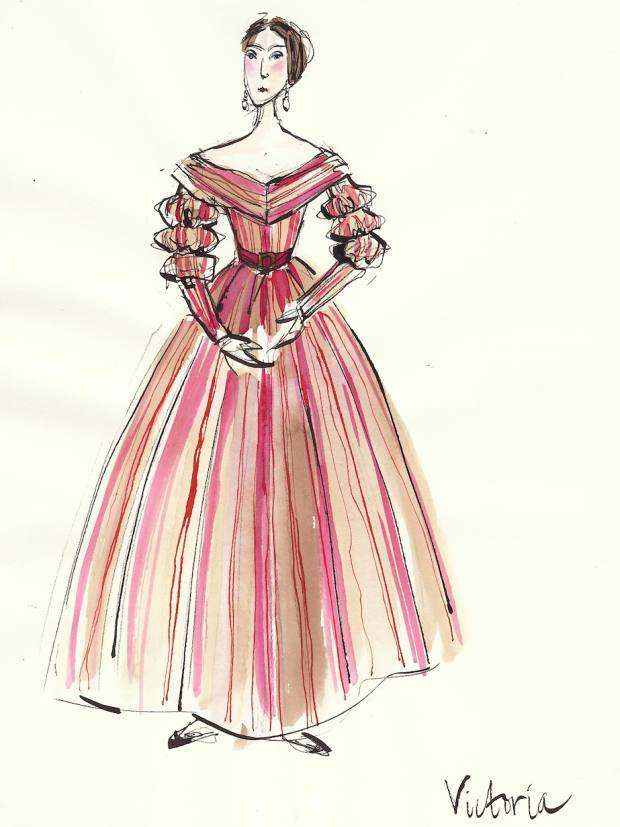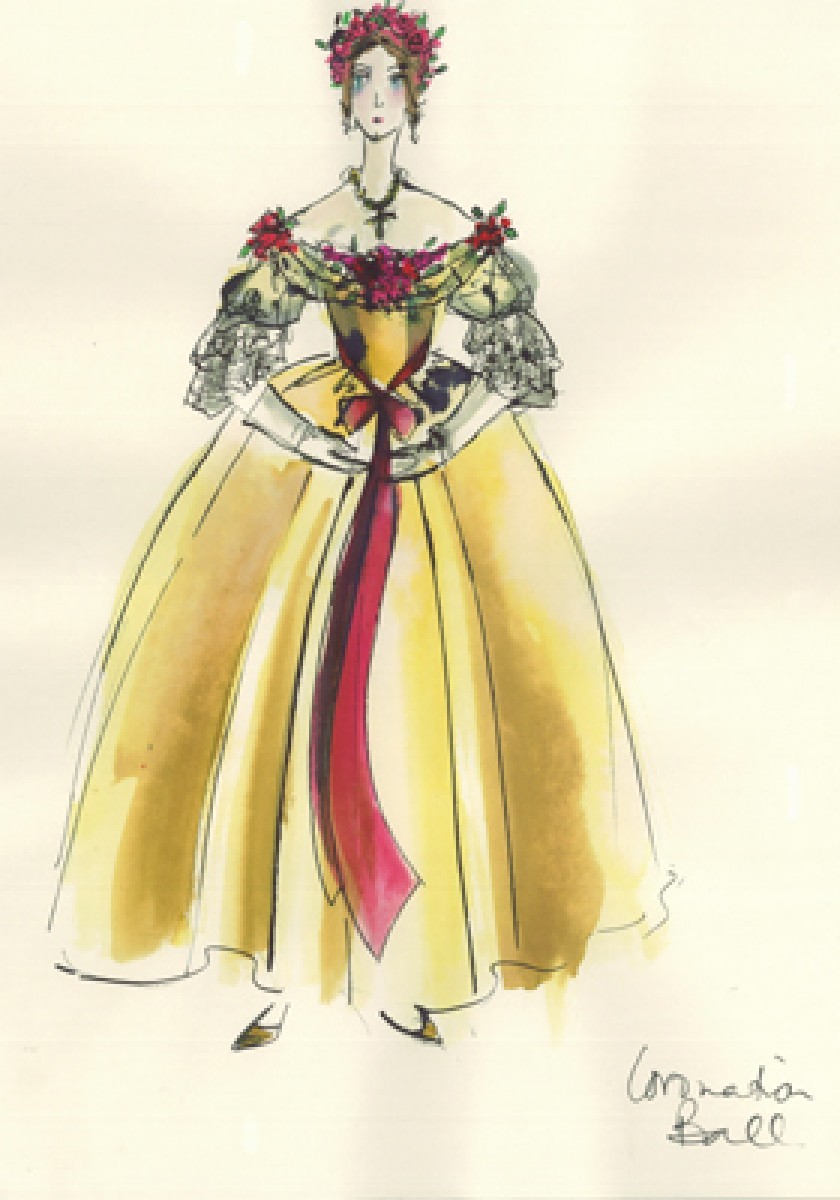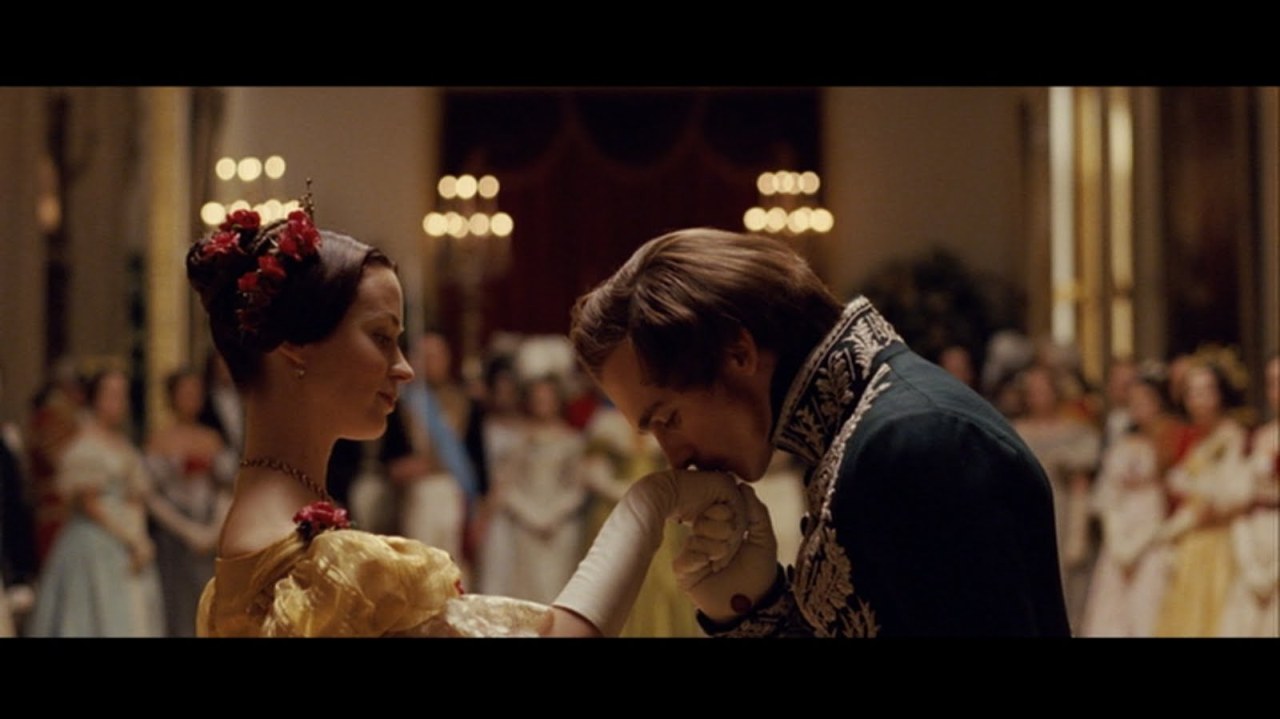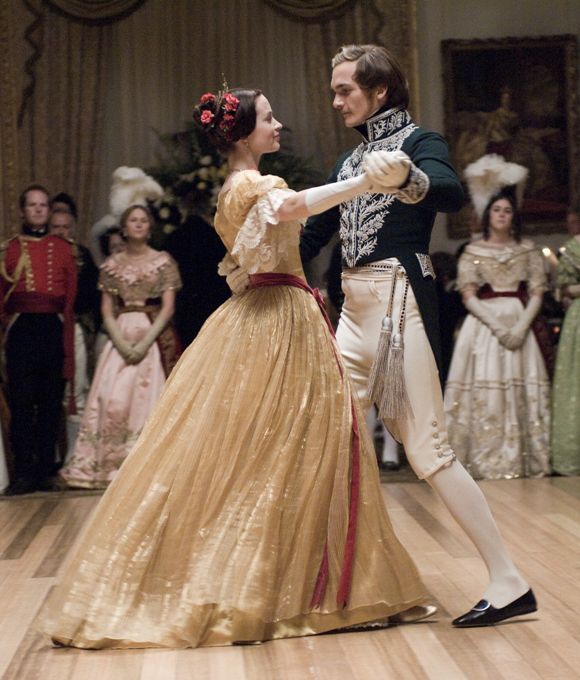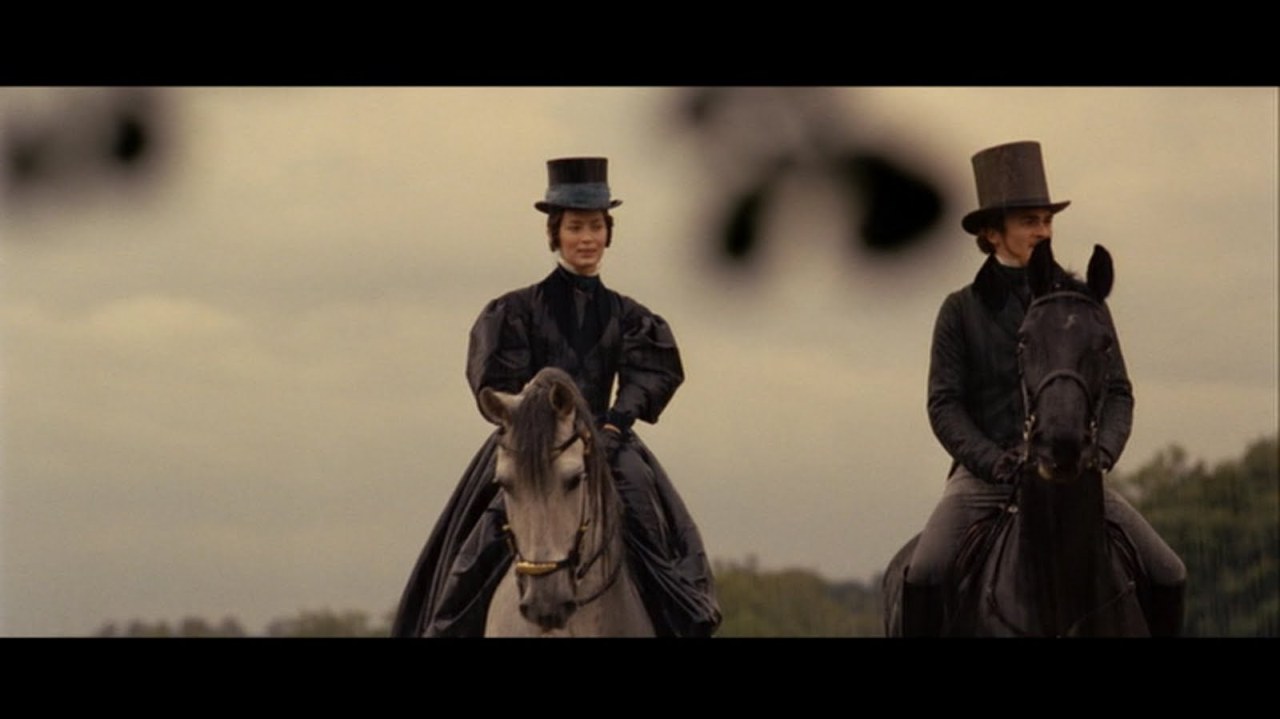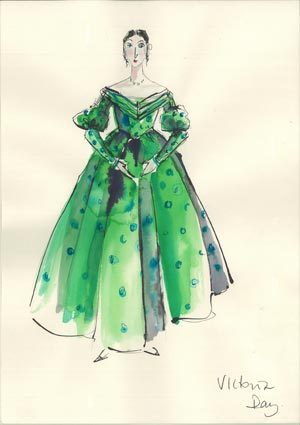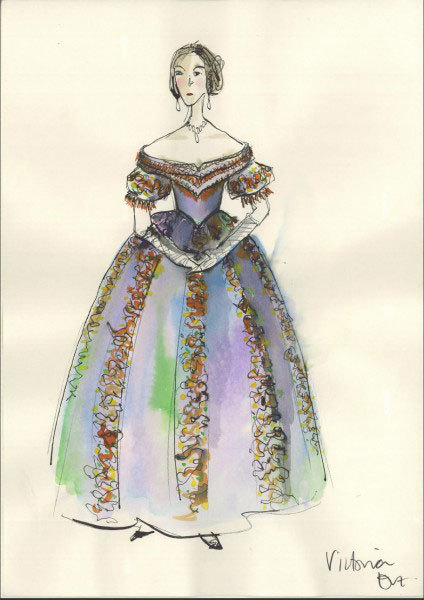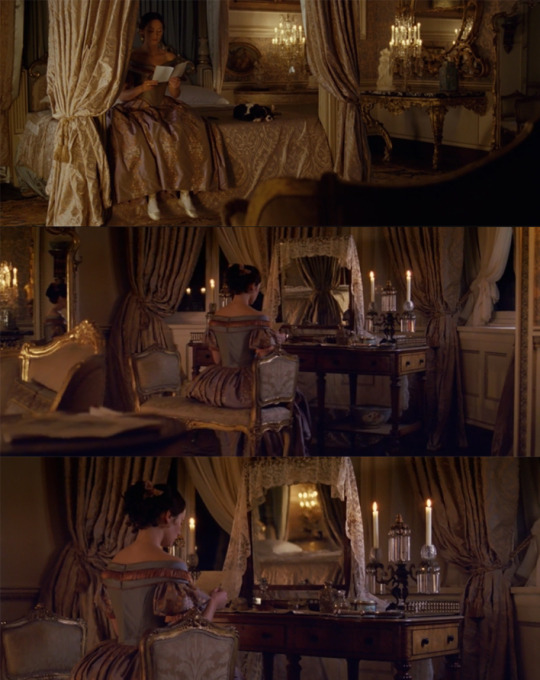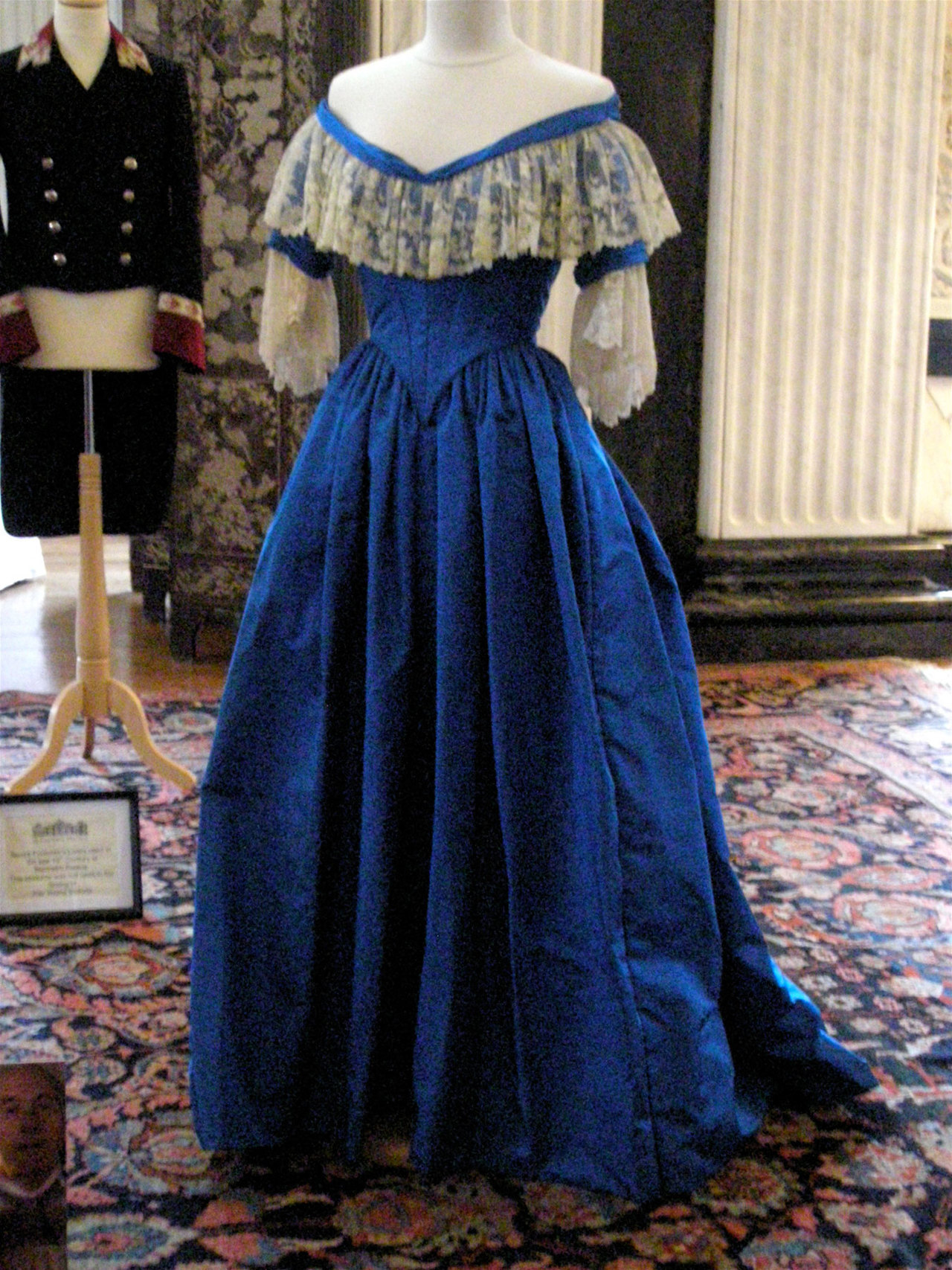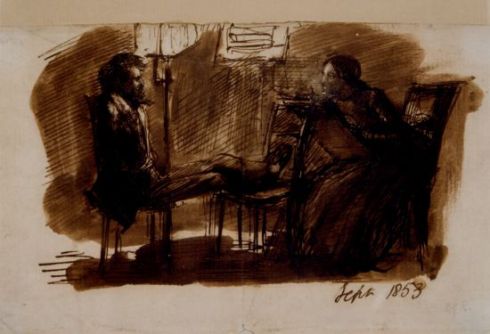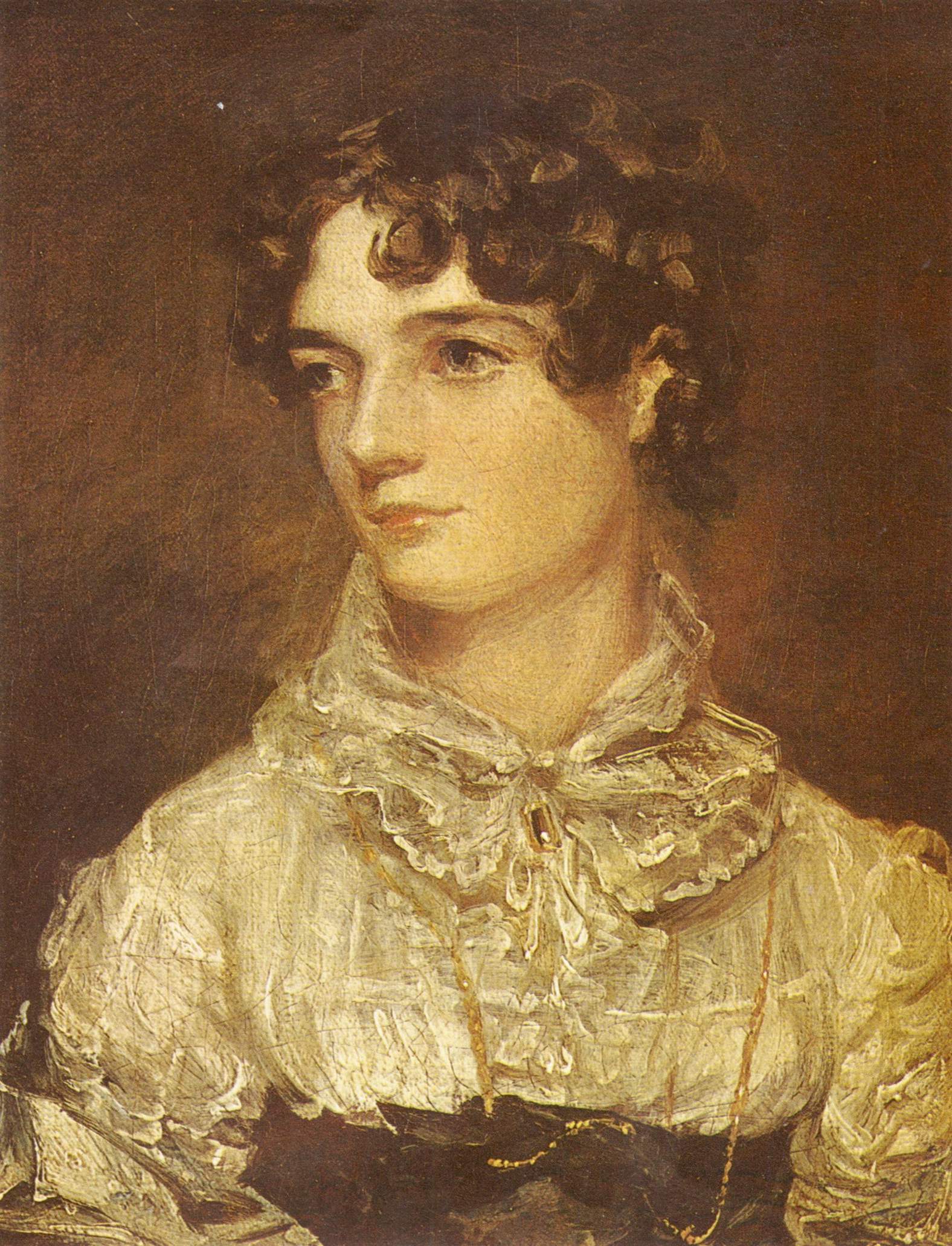“..the June nights are long and warm; the roses flowering; and the garden full of lust and bees..”
(Virginia Woolf in a letter to Vanessa Bell c. June 1926)
 Maurice Prendergast, Large Boston Public Garden Sketchbook: Two women conversing on the street, 1895-97, watercolour
Maurice Prendergast, Large Boston Public Garden Sketchbook: Two women conversing on the street, 1895-97, watercolour
Maurice Prendergast was a wonderful American Post-Impressionist painter whose vibrant paintings I have discovered this year and I already wrote about his art on three previous occasions; about his watercolour beach scenes, painting Lady with a Red Sash and his watercolour Mothers and Children in the Park. The latter is a part of the “Large Boston Public Garden Sketchbook”, basically a book of sketches that Prendergast made from 1895 to 1897, right after his return from Paris. The lovely watercolours I am sharing with you today are all part of that sketchbook too. The watercolour above, as the title itself says, shows two fashionable Victorian women having a chit chat in the park. I really love the composition of the watercolour; the mysterious lady in red is seen from the back but her figure occupies most of the paper. We can see her wonderful shining and new white parasol, her hat with a veil covering her face and I adore that vibrant and romantic red colour of her dress and of the flowers on her hat. The figures in the backgrounds are a puddle of soft greys.
Let’s imagine we are truly sitting on a bench in a lovely park on a warm and sunny summer day; we see the ladies in the distance chatting and holding their parasols, we hear birds chirping, sun coming through the lush green treetops and warming our shoulders, and our vision goes from the talkative fashionable ladies to two young girls dressed in pretty blue and yellow gowns with ribbons around their tiny waists. Despite their fashionable appearance, they are still not the posh and proper ladies but children at heart and they run around playing, smiling and laughing. The ribbons of their dresses are dancing in the air as they run and the wind might blow their little hats away. The watercolour I was describing is the one you can see bellow called “Young girls in hats and sashed dresses”; notice the pencil traces of two other girl figures that Prendergast, for some reason, never painted in watercolour. I love the accuracy and immediacy of these watercolours, I can just imagine Prendergast directly sketching the real life around him and still imbuing the scenes that he was seeing with his inner magic and vibrancy, painting in vivid cheerful colours and portraying the scenes with a touch of childlike playfulness.

Maurice Prendergast, Large Boston Public Garden Sketchbook: Young girls in hats and sashed dresses, 1895-97, watercolour
And also, everyone who loves and knows the history of fashion will notice how accurately the fashion is captured in these watercolours; the veiled hats and the puffed sleeves were all the rage in the last decade of the nineteenth century. You can especially notice this in the last two watercolours where the ladies are dressed to impress and Prendergast’s brush strokes on the ladies’ sleeves are just wild in “A woman in a veiled hat decorated with poppies” where the blue meets the rosy shades. And let’s take a moment to appreciate the fact that the woman’s hat is decorated with poppies. How romantic and extravagant! Also, I love the wonderful cherry red parasol in “A Woman Reading a Book” and the lady’s sweet smile under the veil. I wonder what she is thinking of, or rather, of whom is she thinking of whilst reading that book. All in all, these watercolours have the usual Prendergast’s vibrancy and vivacity which just makes me smile. Gazing at these idle and carefree garden scenes truly makes me think of roses blooming, bees buzzing and laughter lingering in the air…

Maurice Prendergast, Large Boston Public Garden Sketchbook: A Woman Reading a Book, 1896-97, watercolour
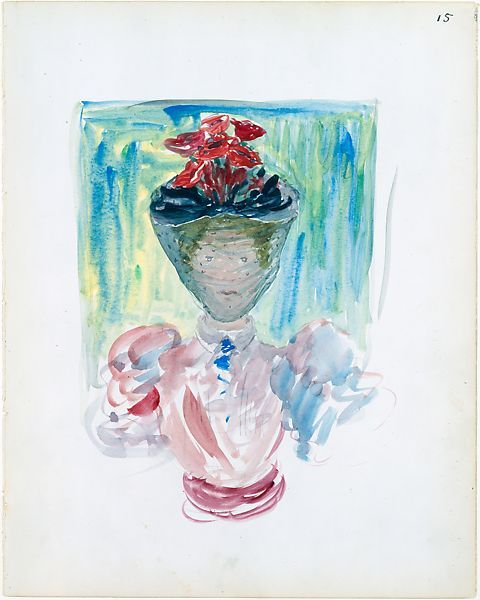
Maurice Prendergast, Large Boston Public Garden Sketchbook: A woman in a veiled hat decorated with poppies, 1895-97, watercolour





